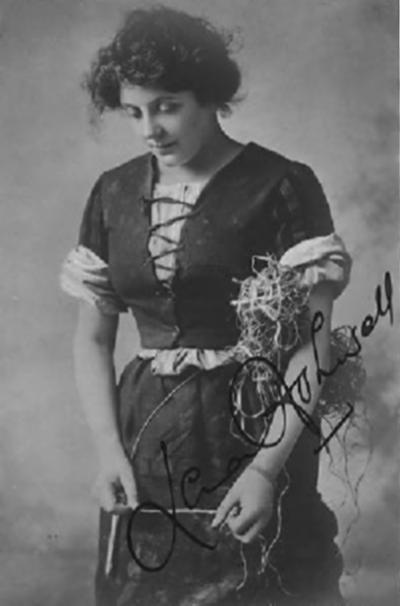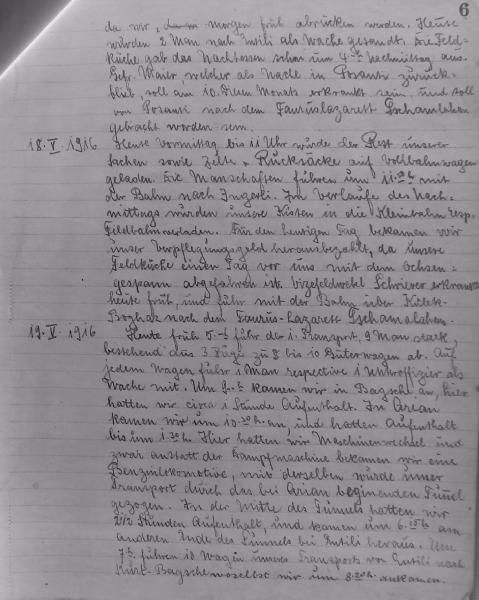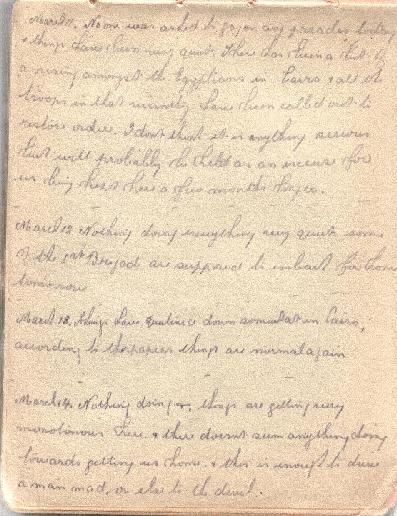Topic: BatzO - Karawaran
Karawaran
Persia, 6-7 August 1918
Karawaran, a village in northern Persia (now Iran) about 50 kilometres south of Lake Urmia, was the scene of a desperate rearguard action against Turkish troops and marauding Kurds and Persians fought on 67 August 1918 by members of a special British group known as 'Dunsterforce'. The unit-named after its commander, Major General Lionel Dunsterville - included some 47 officers and non-commissioned officers recruited from the AIF in France and Palestine in its eventual strength of 450, and had been raised for the task of guarding against German penetration of Asia by mobilising and organising resistance by the peoples of the Caucasus region.
Attempts to render support to Christian Assyrians and Armenians who were fighting the Turkish 5th and 6th divisions at Urmia, a city on the western side of the lake, were forestalled when the Turks gained entry to that place on 30 July and put 80,000 of its population to flight. A twenty-strong party of Dunsterforce (half of whom were Australians or New Zealanders) and a squadron of British cavalry, which had been detached to escort a convoy carrying money, machine-guns and ammunition from Bijar, met the mass of refugees on the road on 4 August. The commander of the Dunsterforce party, Captain Stanley Savige (an Australian), rode forward the next day to the rear of the column, which he found under attack from local tribesmen but protected by a small rearguard organised by an American missionary, Dr W.A. Shedd. Obtaining permission from his superiors in the British mission, Savige again rode out on 6 August with a party of eight (two of whom were also Australian) to give what assistance was possible against the raiders.
Finding Shedd with 24 armed refugees at the tail of the withdrawing column, Savige relieved him (but took over his men) before riding further on to find better ground on which to fight. At a village apparently named Karawaran, lying south of the town of Miandoab, the rearguard discovered a force of 'Turkish cavalry engaged in looting. These they drove out, and were also forced to fight off about 100 tribesmen who were riding about the valley in search of plunder, before falling back ten kilometres to spend the night in another village.
The fight began again the next morning, this time against a party of 1 50 mounted Kurds who approached directly while others rode around hilly country on both flanks. Savige's men, with no more than twelve of Shetld's original party, mounted a hasty defence from a hill behind the village which checked the enemy horsemen. Then followed a sustained withdrawal which barely succeeded in keeping the pressing enemy away from the rear of the refugee column. The strength of the defence was slowly reduced by the death of one of the Dunsterforce men, and the desertion of all but two of the volunteers, and after seven hours of relentless fighting the remainder were close to exhaustion.
The rearguard was saved from being overrun by the timely arrival of a dozen British cavalrymen who had been policing the road when they intercepted a message from Savige appealing for reinforcement. A short time later a party of 70 Christian tribesmen also arrived to lend support, at which the Turks and others made off. Although the pursuit of the fleeing refugees was continued until the column's tail-end reached Bijar on 17 August, at no stage did the task of defence again result in such fierce combat. The loss of some 30,000 people in the retreat from Urmia made it perhaps one of the most dreadful episodes of the war.
Extracted from the book produced by Chris Coulthard-Clark, Where Australians Fought - The Encyclopaedia of Australia's Battles, Allen and Unwin, Sydney, 1998, pp. 149-150.
Additional References cited by Chris Coulthard-Clark:
H.S. Gullett (1944) The Australian Imperial Force in Sinai and Palestine, Sydney: Angus & Robertson.
S.G. Savige (1919), Stalky's Forlorn Hope, Melbourne: Alexander McCubbin.
Further Reading:
Battles where Australians fought, 1899-1920
Citation: Karawaran, Persia, August 6 to 7, 1918







